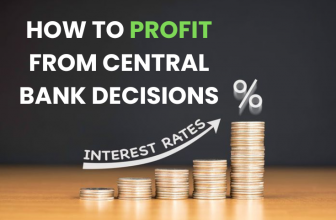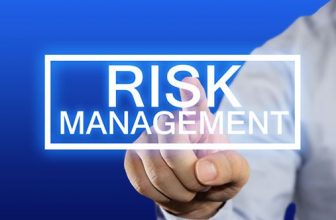
Welcome, aspiring trader! Whether you’re new to the world of forex trading or simply looking to sharpen your skills, this guide will walk you through the essential steps needed to start trading in the global forex market. We’ll cover everything from understanding the basics to executing your first trade on platforms like MetaTrader and even exploring key pairs such as XAU/USD.
1. Understanding the Forex Market
The forex market is the largest and most liquid financial market in the world. It operates 24 hours a day, five days a week, allowing traders to buy and sell currency pairs. As a beginner, it’s crucial to understand that forex involves:
- Currency Trading: Buying one currency while selling another.
- Leverage: Amplifying trading positions (with increased risk).
- Market Volatility: Fluctuations that provide trading opportunities.
Key takeaway: The dynamic nature of forex trading makes it both exciting and challenging. Learning to navigate these fluctuations is essential for every trader.
2. Getting Started: Essential Steps
Step 1: Learn the Basics
- Study Forex Terminology: Familiarize yourself with terms like pips, lots, spread, and margin.
- Understand Key Concepts: Learn about leverage, risk management, and technical vs. fundamental analysis.
- Follow Market News: Keep updated with economic events that affect currencies.
Step 2: Choose a Reliable Broker
- Look for a broker that is regulated and offers competitive spreads.
- Test their trading platform and customer support.
- Consider brokers that support popular platforms like MetaTrader for an enhanced trading experience.
Step 3: Set Up Your Trading Platform
- MetaTrader is one of the most widely used platforms in forex trading. It offers:
- User-Friendly Interface: Easy for beginners to navigate.
- Advanced Charting Tools: Analyze market trends with candlestick charts, indicators, and drawing tools.
- Automated Trading: Use Expert Advisors (EAs) to automate your strategy.
- Download and install MetaTrader, then explore its features with a demo account before going live.
Step 4: Develop a Trading Plan
- Define Your Goals: Set clear financial objectives and risk tolerance.
- Create a Strategy: Whether you prefer short-term scalping or long-term position trading, having a well-thought-out plan is crucial.
- Risk Management: Always use stop-loss orders and never risk more than a small percentage of your capital on any single trade.
3. Practice Makes Perfect: Demo Trading
Before trading with real money, open a demo account on MetaTrader. This allows you to:
- Test your trading strategy in real market conditions without financial risk.
- Get comfortable with the platform’s features and order types.
- Practice reading charts, placing trades, and managing positions.
Pro Tip: Use demo trading to learn how to interpret candlestick indicators and other technical signals.
4. Transitioning to Live Trading
Once you feel confident with your demo trades:
- Start Small: Begin with a small investment to test the waters in live conditions.
- Monitor and Adapt: Keep a trading journal to review your performance and adjust your strategy as needed.
- Keep Learning: The journey of a trader is ongoing. Continually refine your skills by learning new strategies and staying informed about market trends.
Conclusion
Forex trading offers a world of opportunity for those willing to invest time in learning and practicing. By starting with a solid foundation, using tools like MetaTrader, you’ll be well on your way to becoming a confident and informed trader. Remember, success in the forex market comes from continuous learning, disciplined trading, and smart risk management.
Happy Trading, and welcome to the exciting world of forex!






